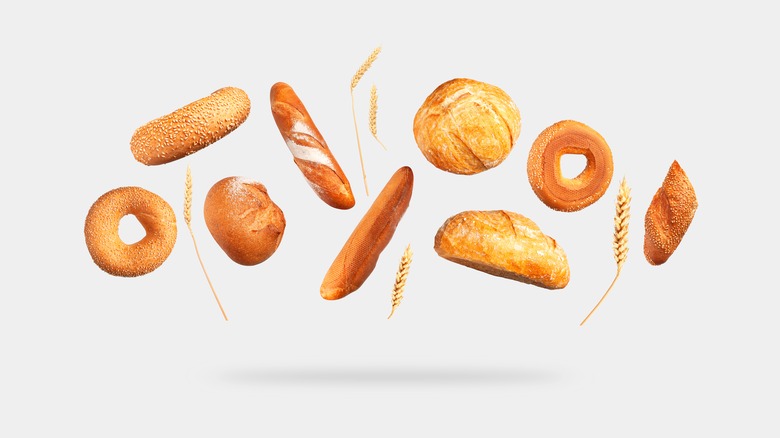Have you ever inhaled the intoxicating aroma of freshly baked bread and felt an irresistible pull to try your hand at crafting your own loaf? Welcome to the world of homemade artisanal breads, where the alchemy of flour, water, yeast, and salt brings forth a universe of flavors and textures. In this guide, we’ll journey together through the rewarding process of bread baking, from the crusty peaks of a perfect sourdough to the pillowy softness of a rich brioche.

The Sourdough Saga: A Tale of Time and Taste
Sourdough bread, with its signature tang and chewy texture, begins with a simple mixture known as a starter. My own journey with sourdough started with a blend of flour and water that I left on my kitchen counter. Over several days, it came alive, bubbling with natural yeasts and bacteria. This living entity, which I fondly named “Gerty,” became the heart of my bread-making.
Recipe Tip: To create your starter, mix equal parts flour and water, and let it sit uncovered for 2-4 days, feeding it daily with more flour and water. Once it’s active, you’re ready to bake!

The Brioche Chronicles: Butter, Eggs, and Patience
Brioche is the luxurious cousin in the bread family, enriched with butter and eggs. The process is a true labor of love, requiring patience and a gentle touch. I remember my first brioche loaf, a golden braid that was as beautiful to look at as it was to taste. It taught me that bread-making is not just a skill, but an art.
Recipe Tip: For brioche, use a stand mixer to incorporate the butter into the dough slowly, allowing each piece to blend in before adding the next. This ensures a light, tender crumb.


The Multigrain Adventure: Healthy, Hearty, and Wholesome
Multigrain bread is a robust choice, packed with different grains and seeds. Each loaf I bake is an experiment, combining oats, barley, flaxseed, or whatever I have on hand. The result is always a delightful surprise—a bread that’s not only nutritious but also full of depth and character.
Recipe Tip: Soak your grains and seeds overnight to soften them and release their flavors before adding them to your dough.


Techniques and Tools of the Trade
- Kneading: Whether by hand or with a mixer, kneading develops gluten, giving bread its structure. A well-kneaded dough is smooth and elastic.
- Proofing: Allowing the dough to rise is crucial. Find a warm spot in your home to encourage fermentation.
- Baking: A hot oven and a baking stone can mimic the conditions of an artisan bakery. Steam, often introduced by a tray of water at the bottom of the oven, helps create a crispy crust.
Storing Your Creations
Once your bread has cooled, store it in a bread box or a paper bag for short-term use. For longer storage, wrap it in foil and freeze it. Remember, artisanal bread has no preservatives, so it’s best enjoyed fresh.

Let’s Break Bread Together
The magic of bread-making is that it’s both an ancient craft and a modern culinary trend. It connects us to traditions and invites innovation. I encourage you to roll up your sleeves and feel the flour between your fingers, to listen to the crackle of a cooling loaf, and to share the fruits of your labor with loved ones.
Have you embarked on your own bread-making journey? What stories do you have to share? What triumphs and tribulations have you encountered along the way? Comment below, share your experiences, and become part of the global community of home bakers. Together, we are the breadwinners, crafting not just loaves, but memories and connections, one slice at a time.

Leave a Reply